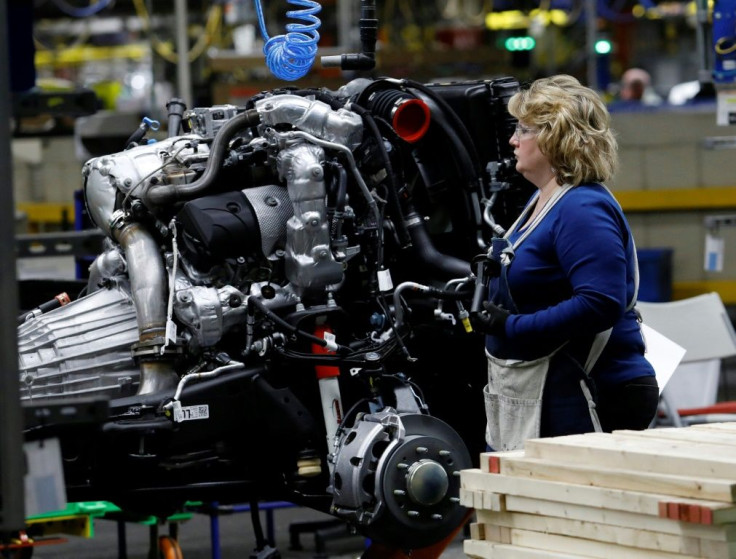US Businesses Spend Less But Q2 GDP Growth Confirmed At 2%

US officials on Thursday confirmed the economy's steady-but-slower growth in the second quarter while new data showed a worsening plunge in investment by companies, notably hitting the manufacturing sector.
The world's largest economy expanded at a two percent clip in the April-June period, down markedly from 3.1 percent growth at the start of the year, the Commerce Department said, matching an estimate released last month.
Corporate profits were also revised downward while inflation was hotter than previously reported.
Forecasts suggest the economy should expand at a similar pace in the third quarter, putting the United States on track to fall short of President Donald Trump's three percent GDP target for a second straight year.
And, as recession fears mount ahead of 2020's elections, President Donald Trump's escalating trade war with China and a slowing global economy have made US companies fearful of investing, weighing on growth.
The picture might have looked even worse were it not for bumped-up estimates of construction spending by state and local governments and a dip in imports, which offset losses elsewhere.
Amid rising wages and low unemployment, American consumers spent the most in the second quarter in almost five years.
Spending was weaker than previously thought, however, as consumers shelled out less for food and personal care.
Consumer spending, a mainstay of the US economy, has become its lone bright spot, with exports, agriculture and manufacturing and business investment all weighed down by falling global demand and the trade war.
And the new numbers showed the recent hollowing-out of business investment was significantly worse than previously reported.
Spending on factories and warehouses fell 11.1 percent from the first quarter, an even more painful plunge than the 9.4 percent drop reported a month ago.
Officials also raised a closely-watched inflation gauge for the second quarter, suggesting price pressures were stronger than thought when the Federal Reserve began cutting interest rates over the summer.
The "core" price index for personal consumption -- which tracks costs for goods and services purchased by individuals minus volatile food and fuel prices -- rose to 1.9 percent in the second quarter, a little hotter than the 1.7 percent previously reported.
Meanwhile, corporate profits were also revised down to $75.8 billion from 105.8 billion in the second quarter.
"Looking ahead, corporate profits are likely to remain under pressure from slower domestic and foreign growth, elevated protectionism, a stubbornly strong dollar, and weak pricing power," Oxford Economics said in a note to clients.
This should mean the drag on corporate spending continues, the firm said.
© Copyright AFP 2024. All rights reserved.





















